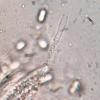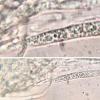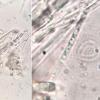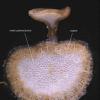
19-12-2025 10:10
Patrice TANCHAUDBonjour, récolte réalisée en milieu dunaire, a

18-12-2025 17:23
 Bruno Coué
Bruno Coué
Bonjour,je serais heureux d'avoir votre avis sur c

18-12-2025 21:17
Pol DebaenstThe identification took me to Byssonectria deformi

18-12-2025 18:07
Margot en Geert VullingsThese plumes were found on rotten wood.They strong

17-12-2025 18:35
 Michel Hairaud
Michel Hairaud
Bonjour à tous/Hi to everyone I am passing along

15-12-2025 15:48
 Danny Newman
Danny Newman
Melanospora cf. lagenaria on old, rotting, fallen

15-12-2025 15:54
 Johan Boonefaes
Johan Boonefaes
Unknown anamorph found on the ground in coastal sa

15-12-2025 21:11
 Hardware Tony
Hardware Tony
Small clavate hairs, negative croziers and IKI bb

15-12-2025 07:09
 Danny Newman
Danny Newman
indet. Rutstroemiaceae sp. on unk. fallen leavesMc
I found this tiny pale yellow Hymenoscyphus on twigs, leaf petioles and leaves of what may have been fraxinus in a wetland area in New York City in the Bronx. The forest was composed of ash, maple, oak and sweet gum.
The apothecia are about 1.5mm tall with a yellow hymenium. The stipe is lighter in younger specmens, but becomes brown in older specimens.
Spores are hyaline, multi-guttulate usually with 2-4 larger guttules and several smaller ones, some curved, many with one blunt end and one acute end. Dimensions:
14.2-21.6 x 3.6-6.0µm
Me: 18.6 x 4.8µm
Q: 2.4-5.3
Qe: 4.0
N=15
Asci, clavate, IKI+, with croziers. Dimensions:
91-112 x 8-12µm
Paraphyses with tiny guttules, cylindrical, about 3µm wide.
Ectal excipulum textura porrecta. Some brown pigmentation in the Ectal.
It is not certain that the substrate is Fraxineus. As far as I know Ash dieback caused by H. fraxineus is not reported from North America. (Unfortunately, I get a overwhelmed with Google results leading me in that direction if I include the possible substrate in my searches).
Any help would be appreciated.
Thanks!
Ethan


Looking at the spores, I wonder whether there are very short (1-2 µm long maxi) cilia at their ends or not ?
Amitiés Michel

I am not sure KOH would help with the observation of cilia . I join your plate with the suspected spore ends with short ones, but not sure. I also join a picture with H. scutula spores with short cilia to compare. But H. scutula has no croziers and it grows on plant stems rather than twigs.
Michel



Amitiés. Michel
Thank you all again for your help.



can you please make a section of the petiole (or rachis), in water? Some other hosts with long petiole (eg. Acer, Q. rubra) can be excluded by its anatomy.
Viktorie


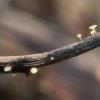
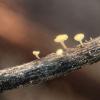
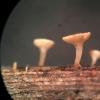
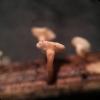
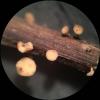
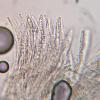
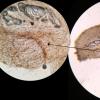
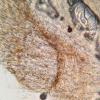
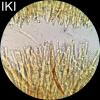
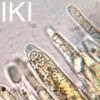
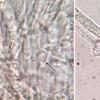

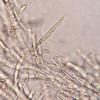

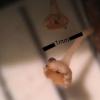
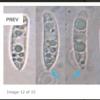
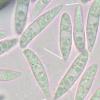
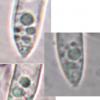
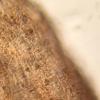

 wood-6919-0001.jpg
wood-6919-0001.jpg